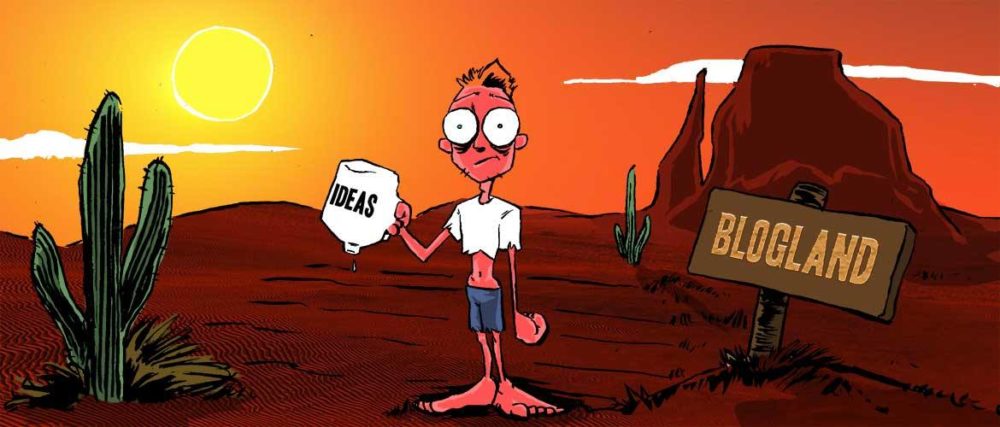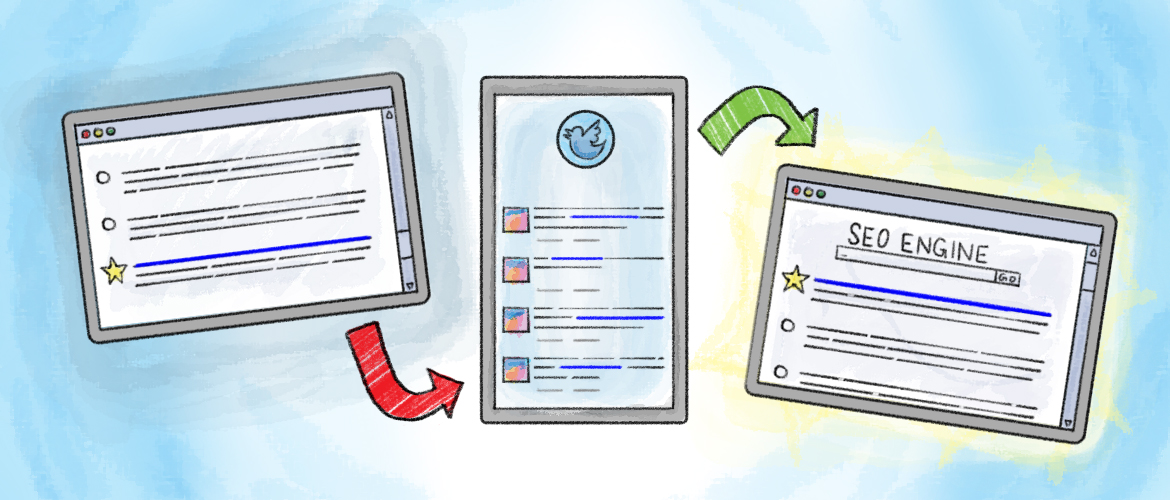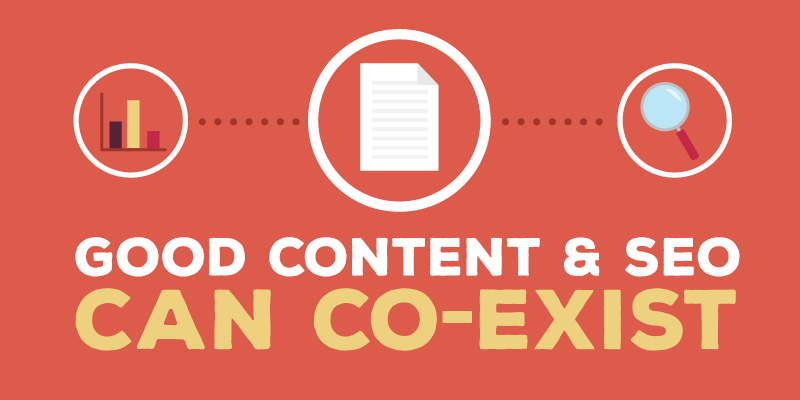If you’re a startup or an established company expanding editorial operations and committing resources to an original content campaign, producing an internal blog style guide is one of the first projects you’ll undertake.
A blog style guide allows you to put your plans into action with efficiency, consistency, and all sorts of other “-cies” that will standardize your workflow and showcase the brains behind your brand. It will also empower your writers and build quality control into each and every post you present to consumers who have found your website via search and social.
Let’s take a look at the components your blog style guide will include.
Blog Style Guide Component 1: Background
Start off by providing general company information for your staff. Explain the history of your business, the space you operate in, your mission, the work you do, and where you’re headed. This will help acclimate your writers to the environment of your blog.
Blog Style Guide Component 2: Target Audience
When possible, provide as much depth as you can about the target audience. If you’re a B2B publication, share the types of businesses that work with you, and any pertinent industry data that you have. If your blog is B2C, write about the age, gender, education level, and spending habits of your customers. In other words, create customer personas, an important element of our BuzzAudits and other client work.
If your business is focused on the global market, include geographic data on your most popular cities. If Providence and Boston are hotbeds for your audience, for example, inform your writers of this. They’ll be able to tie in local information and local keywords to create better content.
Blog Style Guide Component 3: Goals
Why exactly do you have a blog? Is it to engage and maintain your current customers to, or is it a lead generation tool that’s optimized to attract new audiences? Is it both?
Every piece of content you post needs measurable objective. Make sure to communicate how your writers should be creating content that drives your brand narrative. Inexperienced web writers might not fully grasp the content marketing principles you’re working with internally. You don’t blog for free – each blog post should align in some way with a product or service that you sell – otherwise, why are you writing about it, and who are you writing for?
[Tweet “Every piece of content you post should have a measurable objective.”]Blog Style Guide Component 4: Editorial Approach
Your editorial approach is the most important concept to consider when crafting your blog style guide. Communicate with your audience effectively, or you won’t be able to retain them going forward. For instance, you may want to avoid slang. If your tone is more conversational, then using more informal language might be acceptable with your audience.
Another consideration is how you will address yourself, and your readers. What’s your point of view? Will you use “I” or “we” as an organization? Will you directly speak to your readers by using “you”? Furthermore, use the same voice throughout your blog, or at least stay consistent within respective post categories.
And how about contractions? Will you permit your writers to use words like “you’re,” or should it always be spelled out as “you are”?
Finally, to be as consistent and accurate as possible. Select a publication style guide to follow, like AP or the Chicago Manual. Many writers will already be familiar with these guides, so integration should be all but seamless.
Blog Style Guide Component 5: Social Media
The policies behind sharing content via social media must be spelled out for all writers and editors to ensure sound scheduling, conduct, and measurement. Tweet and Facebook post formulas and frequency are key, which BuzzFarmers emphasizes in our internal blog style guide.
Blog Style Guide Component 6: Artwork
Today, most business blogs use imagery to go along with content. Designate types of images acceptable for your audience, align types of graphics with your various types of posts, and provide resources like artist contact information and stock photography sites.
Blog Style Guide Component 7: Post Templates
You may already have a significant amount of insight when it comes to your business blog. Maybe you’ve noticed that readers respond well to lists, or stay on pages longer when there are pull quotes in the body copy. For BuzzFarmers, our “best practice” posts are among our most successful for us and our clients.
Whichever content types work best for your blog, make sure to note these in your blog style guide, and create templates that your editorial staff can follow.
[Tweet “A blog style guide will empower your writers & build quality control into each and every post.”]Blog Style Guide Component 8: Project Management Tools
It’s crucial that your writers and editors are all operating on a level playing field. Make sure that employees and contributors have access to the project management tools that help you produce content. Furnish them with the technology, logins, tips, software, and programming codes they’ll need to do the job by outlining the relevant information in your blog style guide.
Blog Style Guide Component 9: SEO
Since you’re optimizing all of your content with keywords, include this information in the blog style guide, including the process you prefer for SEO, the keyword density expectations, formatting requirements, and more. Many writers will be coming to you without a content marketing background, so communicating this information is paramount to successful publishing.
Blog Style Guide Component 10: Ethics and Standards
Accountability is key for all editorial operations. Your finished product should be the result of a rigorous process ensuring airtight content that’s factually and grammatically sound. Compelling writing is nice, too. How do you reach this point? By establishing a consistent workflow connected by a chain of responsibility, and making sure your creative contributors follow it.
The Benefits of a Blog Style Guide
Follow these tips and you’ll build a comprehensive blog style guide that will serve you for years to come. Like the best content, your blog style guide can be updated and refreshed periodically to stay up to date with industry trends. For now, it will get editorial, marketing, and creative on the same page, working toward a common goal – converting website visitors into customers and clients.
Do you have a blog style guide? Can you add any tips to our list? Let us know in the comments!





